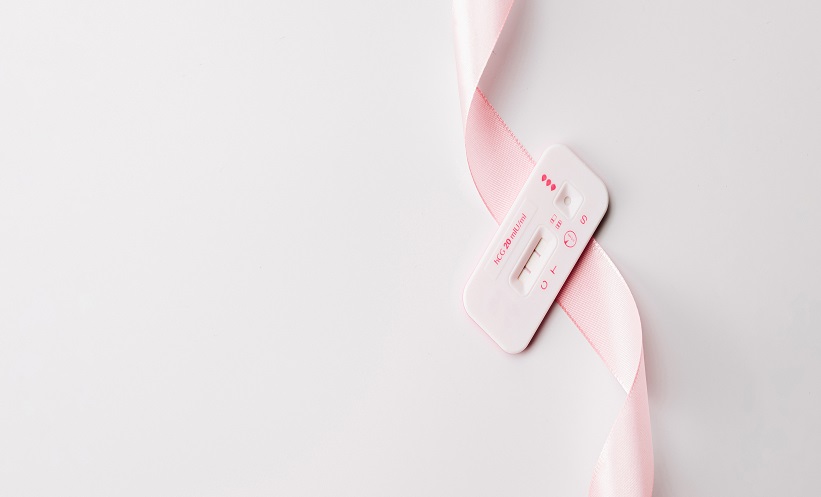A recent study from the Children’s Hospital Basel in Switzerland has reported that hydroxyurea does not affect the ovarian reserve among young girls and women with sickle cell disease. Sickle cell disease is characterised abnormal levels of haemoglobin, causing red blood cells to become rigid and ‘C’ shaped, potentially blocking blood flow. From this other conditions, such as anemia, acute chest syndrome and organ damage can develop. Hydroxyurea is a medication that was FDA approved for treatment of sickle cell disease in 1998. Mechanistically, it improves the size and flexibility of red blood cells, preventing blockage.
The effect on hydroxyurea on ovarian reserve remains poorly understood, so Tamara Diesch-Furlanetto, and team, from the Children’s Hospital Basel, Switzerland, investigated this relationship further. Ovarian reserve refers to the ‘reproductive potential left within a woman’s two ovaries based on number and quality of eggs’.
Regarding the study design, the researchers analysed digitalised slides of ovarian tissue from girls and young women with sickle cell disease who underwent ovarian tissue cryopreservation, prior to haematological stem cell transplantation. During analysis, the team counted the follicles present, categorised them based on size then calculated follicular density. Follicular density was then compared against patients’ clinical characteristics to investigate any potential correlation between the two factors.
Seventy-six sickle cell disease patients participated in the study, with a median age at ovarian tissue cryopreservation of 10.2 years (interquartile range [IQR]:7.5, 14.6), and 50 (65.8%) were prepubertal. From these, 35 patients (46.1%) had received hydroxyurea, with a median daily dosage of 23.0 mg/kg (IQR 20.0, 25.0) and median exposure time of 44 months (IQR 24.0, 54.0). The primordial follicle density was similar between the hydroxyurea and non-hydroxyurea groups (5.8 follicles/mm2 [IQR 1.0, 13.3] versus 4.2 follicles/mm2 [IQR 1.1, 14.4], respectively; P=0.95). The researchers then adjusted for the hydroxyurea group for age, and found follicular density to be slightly lower compared to the non-hydroxyurea group (P=0.09).
In conclusion, exposure to hydroxyurea did not see a reduction in ovarian reserve for young girls and women with sickle cell disease. For females with sickle cell disease, this finding may provide relief, showing that fertility preservation measures before initiating hydroxyurea treatment is evidently not necessary.
Helena Bradbury, EMJ
Reference
Diesch-Furlanetto et al. Impact of Hydroxyurea on follicle density in patients with sickle cell disease. Blood Adv. 2024;DOI:10.1182/bloodadvances.2023011536.








